Zamioculca Zamiofolia or ZZ
The ZZ
ZZ plants are elegant, with wand-like stems that taper to a point. Along the stems are fleshy, oval, and glossy leaves that give them a distinctive feathery appearance.
Native to East Africa, ZZ plants require very little water and thrive when basically ignored. If you're looking for a hands-free plant that makes a statement, a ZZ plant is it!
FUN FACT
The leaves of your ZZ plant are naturally glossy and shiny, so no leaf polishing is necessary. Simply wipe them with a damp cloth or dust them occasionally to keep them dust-free.
_________________________________________________
How to take care of your ZZ
Use these instructions to care for a ZZ plant. This guide will tell you how to water a ZZ plant; its light, temperature, and humidity preferences; and any additional care it may need to help it grow.
ZZ plants do best in moderate to bright indirect light, but they'll do well in extremely low-light areas. If the light is too intense for your ZZ, you may see some scale (brown spots) on the leaves. Curling leaves can also indicate too much light. This plant is ideal for a windowless office or bathroom where it will only receive a small amount of light from fluorescent lights.
The ZZ plant is like a cactus in that it needs less, rather than more, water. Water your ZZ plant only when the soil is dry, perhaps every 1-2 weeks depending on your indoor climate. Let the water drain through the bottom, empty the saucer of any water, and then let it dry out again. One of the only ways to kill this low-maintenance plant is to overwater it. A ZZ plant that turns yellow means it's getting too much water and may be rotting.
This plant does not require additional moisture.
They prefer temperatures between 18º and 30º.
Fertilize your ZZ twice a year with a general-purpose plant food.
ZZ plants are mildly toxic to pets and humans. Ingestion will usually cause mouth and stomach irritation and possible vomiting.
As a survival technique, the ZZ plant has evolved to begin dropping its leaves to conserve moisture during periods of severe drought. If you forget to water yours and see the leaves drooping, don't lose hope! Water your plant immediately and it should come back. This plant is brilliant on its own. Ignore this plant and it will be happier.

_________________________________________________
Common problems for your ZZ

The tips of your ZZ Plant leaves might be turning brown for a few reasons, but don't worry! We'll get to the bottom of this.
First, let's clean your plant. This allows the plant to direct its energy toward new, healthy growth.
- Remove any brown leaves (they will not turn green again) or the dead portion with a sharp pair of scissors or pruning shears.
- Clean the blades of your scissors with rubbing alcohol between each turnip.
-
You may need to trim your plant in stages because you never want to remove more than 20% of the affected leaves at a time, which could harm your plant. Now, We're going to put your ZZ plant on the road to recovery.
Water quality
One of the reasons your ZZ plant's leaves are turning brown around the edges could be due to tap water. Tap water contains salts, chlorine, minerals, and fluoride, all of which can build up in the plant's soil, causing the leaf tips to burn and turn brown. One way to remedy this is to use a water filtration system. If you don't have one available, leaving the water in an open container or soaking it overnight before using it can help remove some of the chlorine.
Increase humidity
Your ZZ plant may also be turning brown due to lack of humidity. Increase the humidity around your plant by regularly misting the leaves, using a tray of pebbles, or placing a humidifier nearby.
Incredibly dry soil
Your ZZ plant loves to dry out a bit between waterings, but make sure you don't completely forget about it. Maintain a consistent watering schedule: water when the top 50–75% of the soil is dry.
If you accidentally let your ZZ plant's soil dry out completely, you may see leaves limp, droop, and possibly begin to brown, along with potentially shriveled stems. If the soil is extremely dry all the way through the pot, a thorough soaking is in order.
Here's how to soak your ZZ plant:
- Place your plant in your sink or tub without the saucer. Fill the basin with about 3-4 inches of water. Make sure the water isn't too hot!
- Let your plant absorb water through the drainage hole at the bottom of the pot for at least 45 minutes.
- Feel the top of the soil after your plant has been soaked, has the water reached the top 2-3" of soil?
- If not all of the soil feels saturated, lightly water your ZZ from the top of the soil to help speed up saturation.
- When your plant's soil is evenly moist, drain the sink/tub and let the plant rest while it drains well. Return the plant to its saucer and place it back in its proper location.

Your ZZ plant's leaves could be turning yellow for several reasons. Let's investigate and get to the bottom of this!
Inadequate light
A ZZ plant thrives in low to medium light. When exposed to direct sunlight for too long, the leaves will yellow and burn. The ZZ plant can adapt to very low light areas, so don't be afraid to place it in a dark corner—that might be just what it's craving.
Humidity
Providing adequate soil moisture (or lack thereof) is important in caring for a ZZ plant. The number one cause of yellowing leaves among ZZ plants is overwatering. ZZ plants basically thrive on neglect; they don't need much water to survive. Only water when the top 50% of the soil is dry. Water until water flows freely from the drainage hole at the bottom of the pot. Be sure to discard any excess water that runs into the saucer. Your ZZ plant doesn't like "wet feet," as this can lead to root rot and the eventual death of your ZZ plant.
Its watering consistency
Alternating between dry and wet soil from poorly timed waterings can create stress and cause the ZZ to have yellow leaves.
Pests
Weakened or stressed ZZ plants become more susceptible to insect infestations. Sap-sucking insects like spider mites can drain your plant of moisture. This problem quickly manifests itself as yellowing of leaves and fronds. Scale, mealy bugs, and spider mites are common indoor pests. If not killed early, these tiny pests proliferate and move along leaves and fronds and in crevices. The insects' piercing mouths exhaust your plant and accelerate yellowing, especially if your ZZ is already unhealthy due to a nutrient deficiency or inadequate soil moisture.




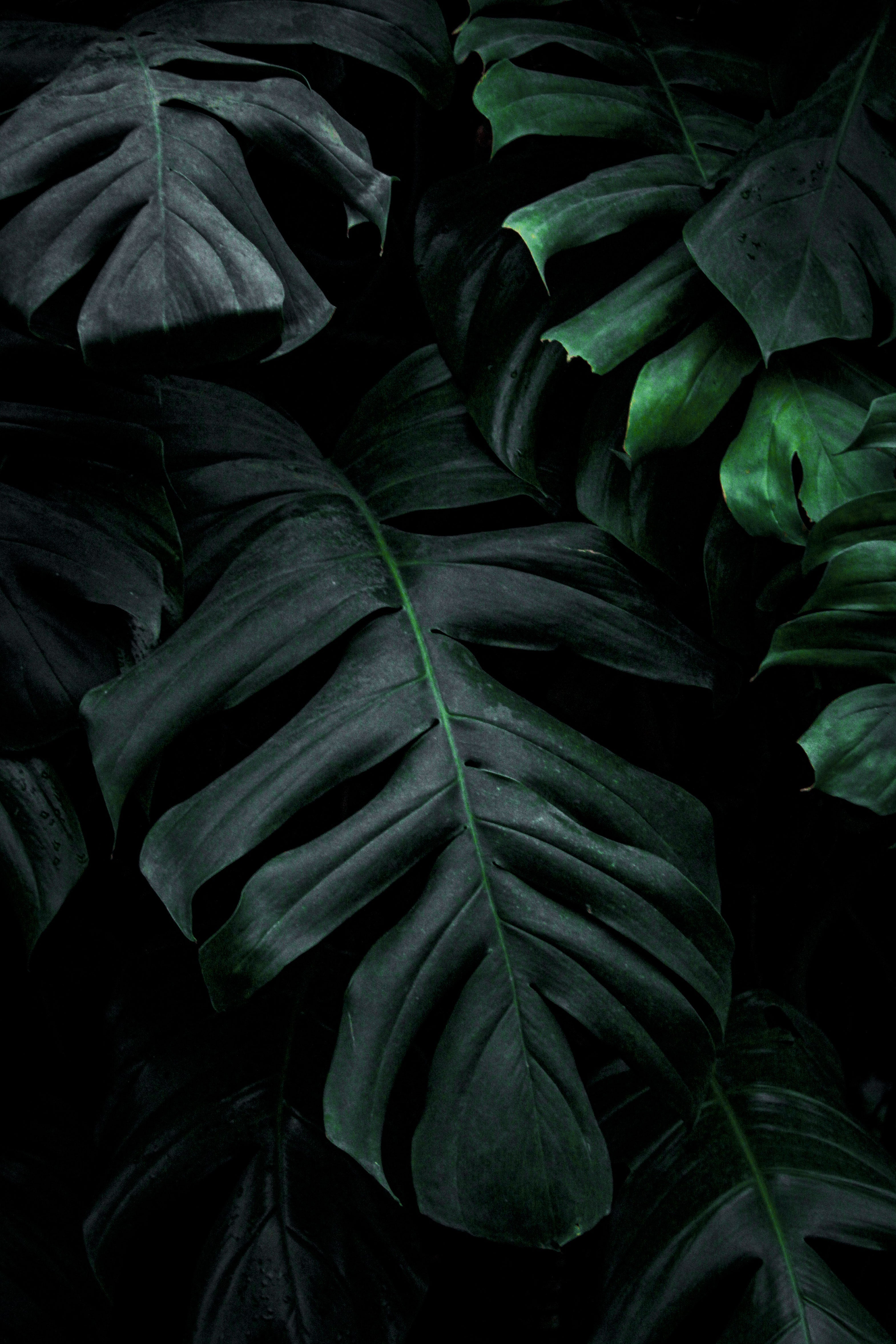
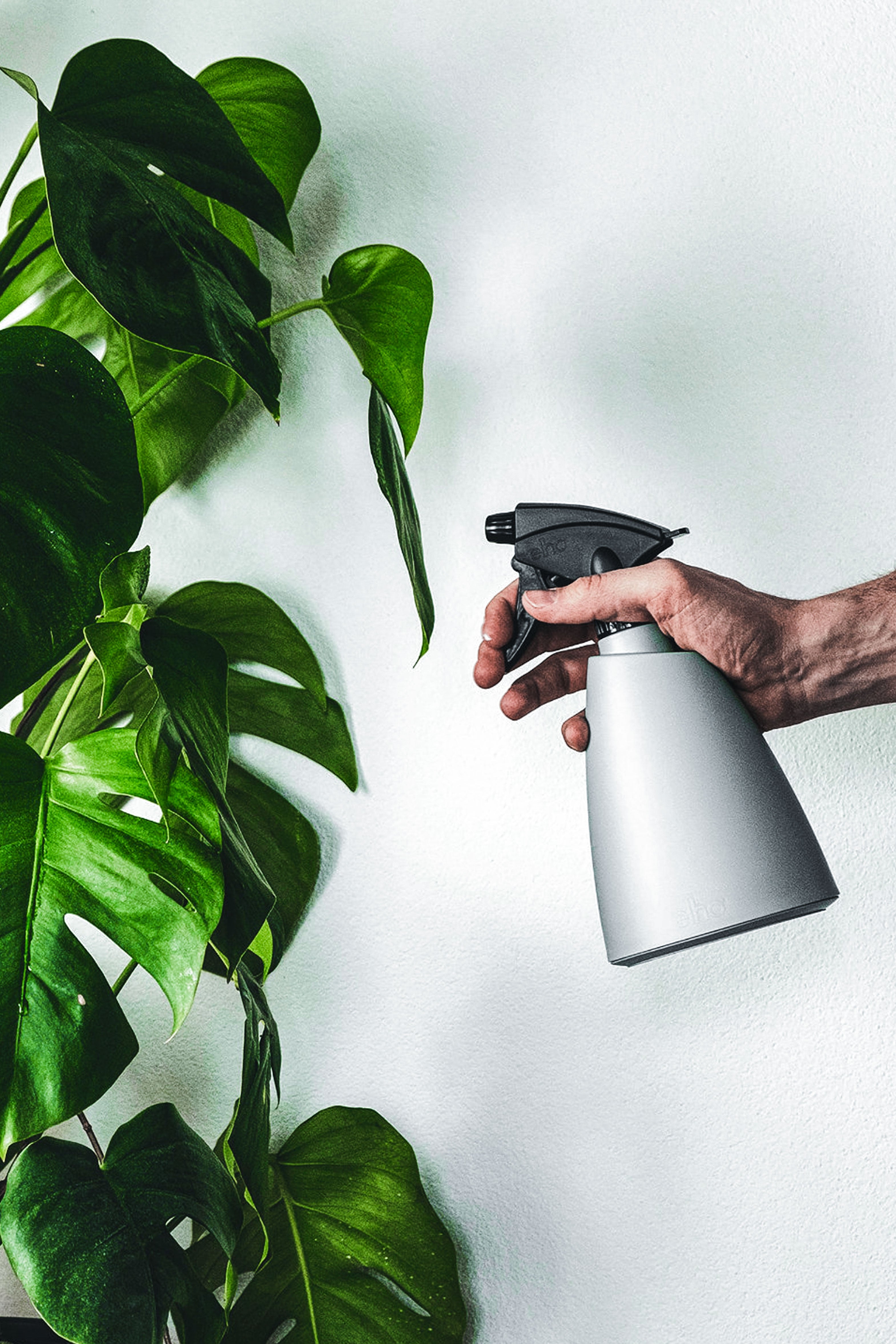
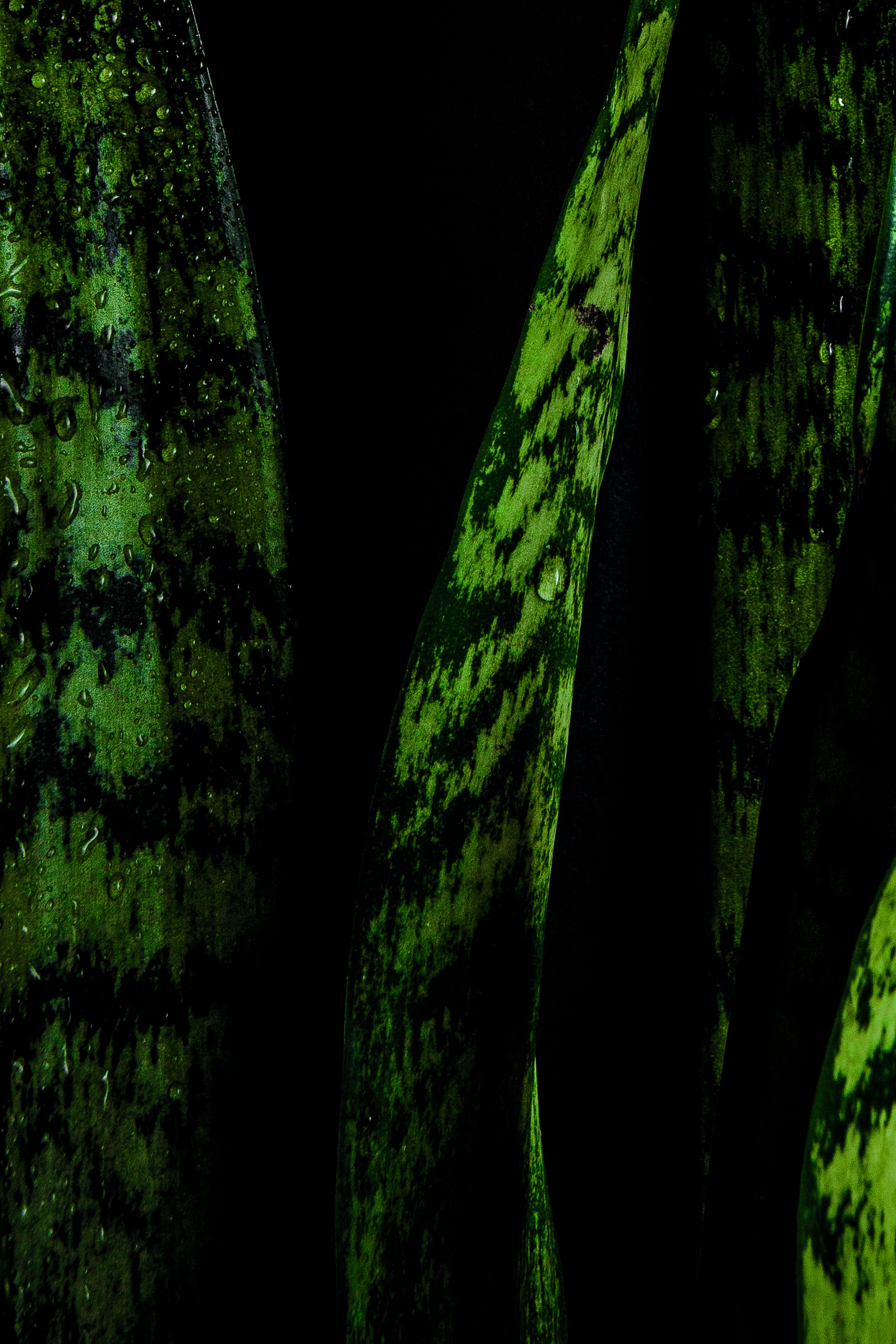
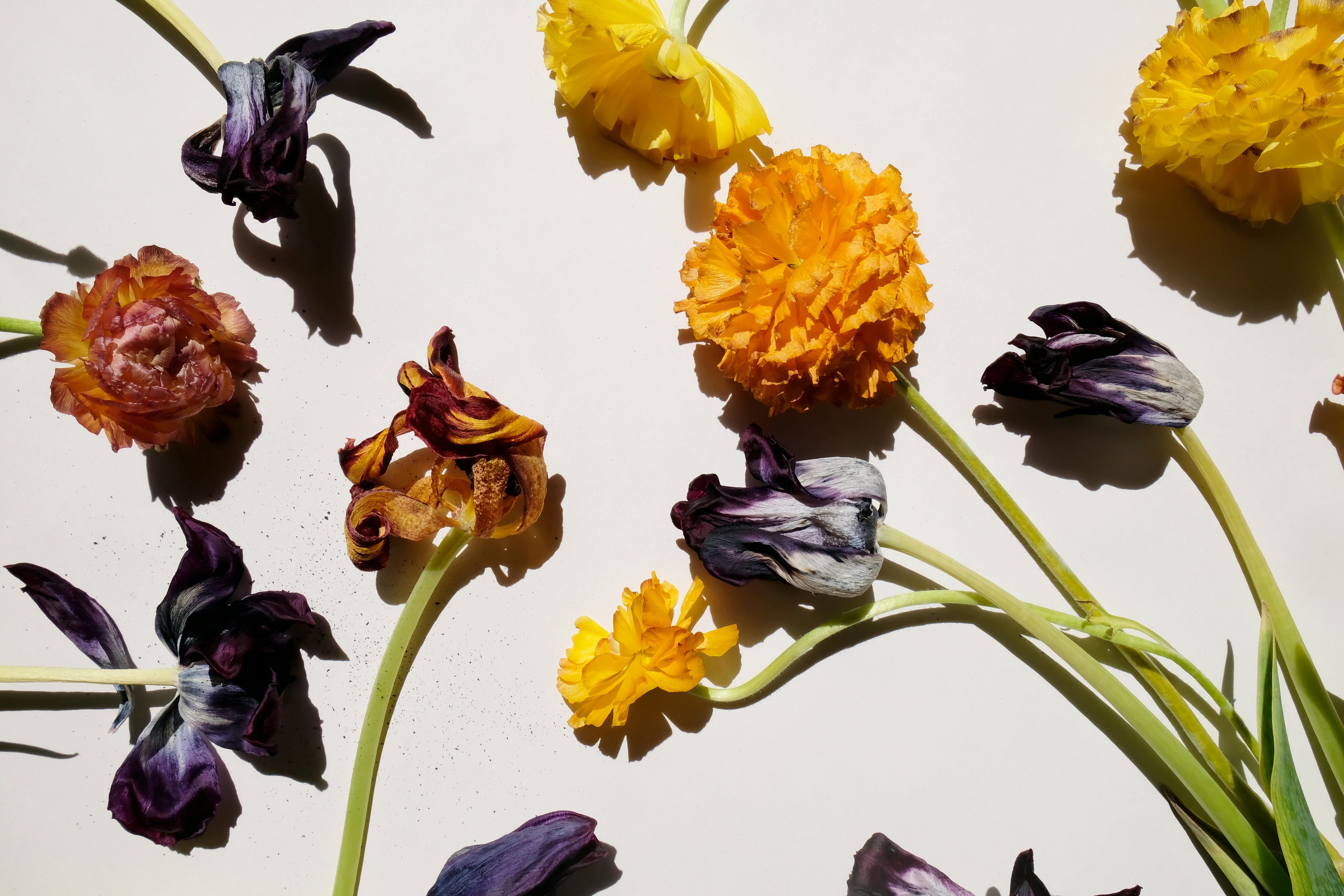
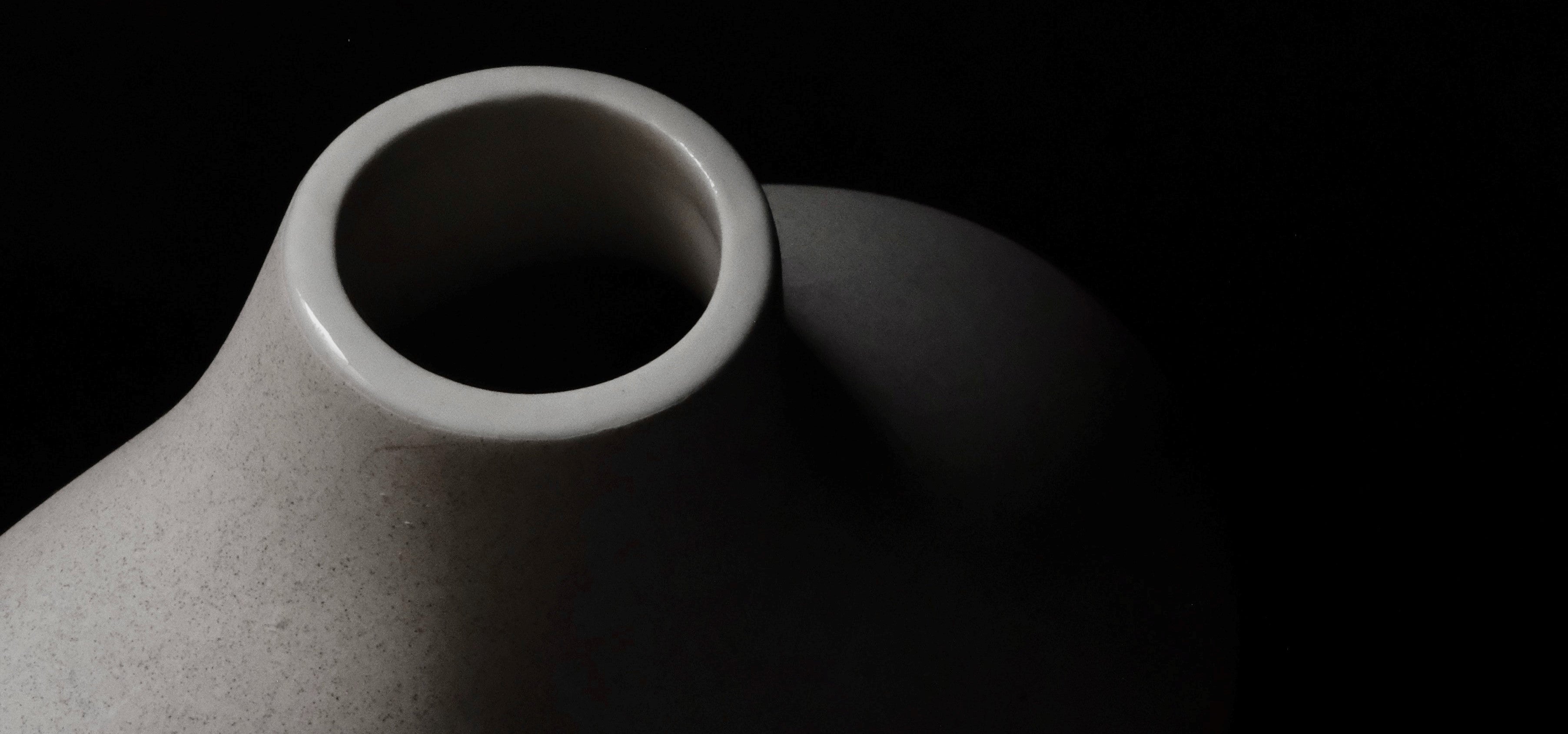
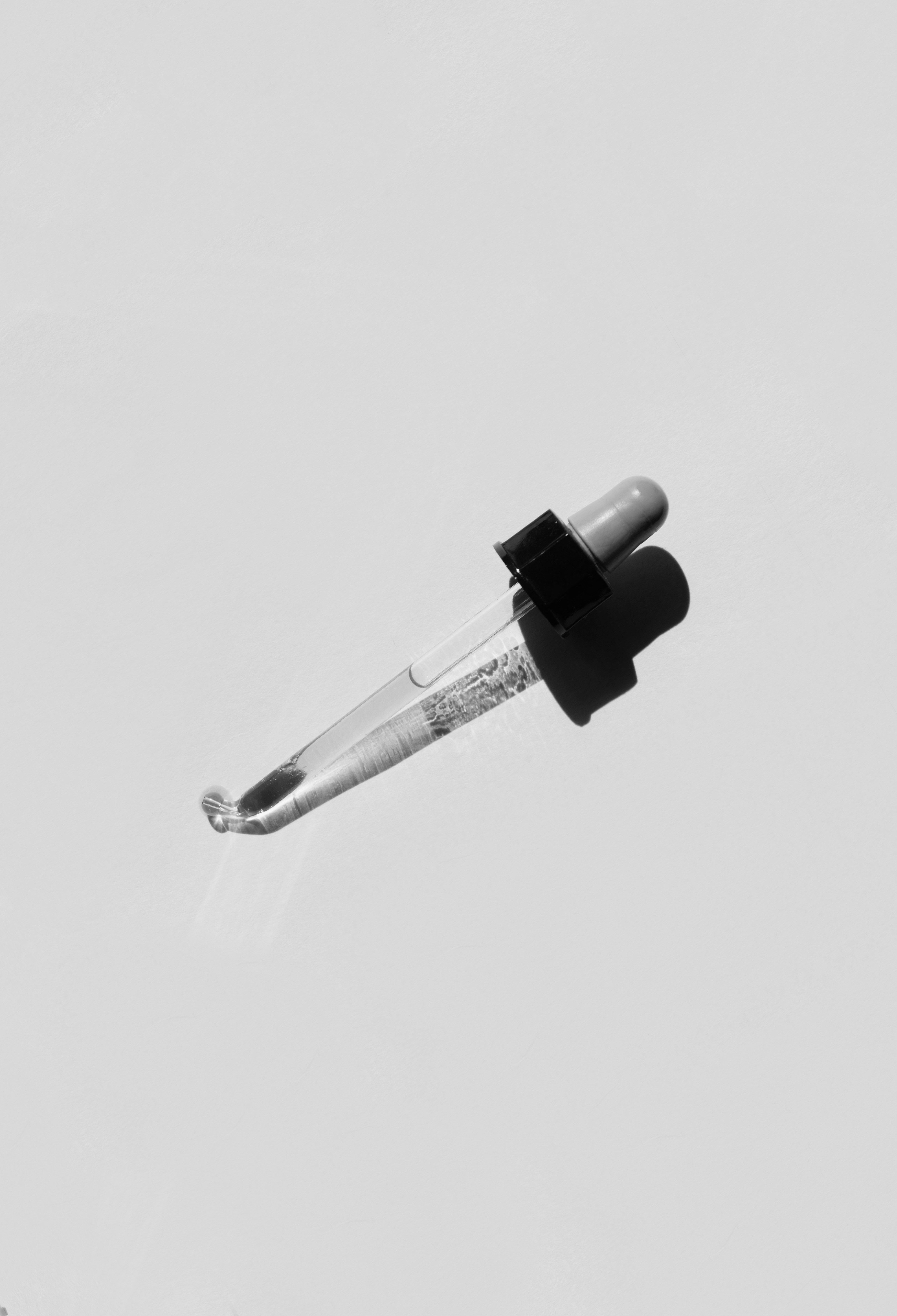

Leave a comment